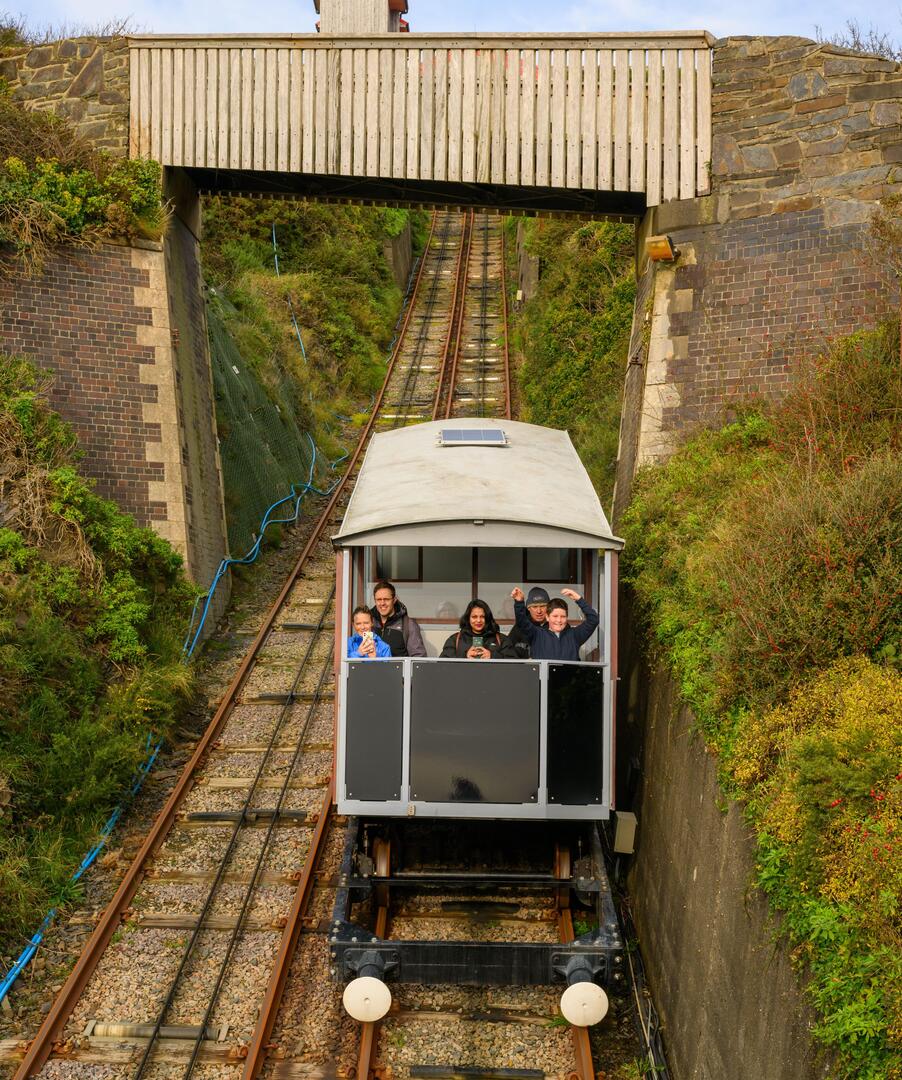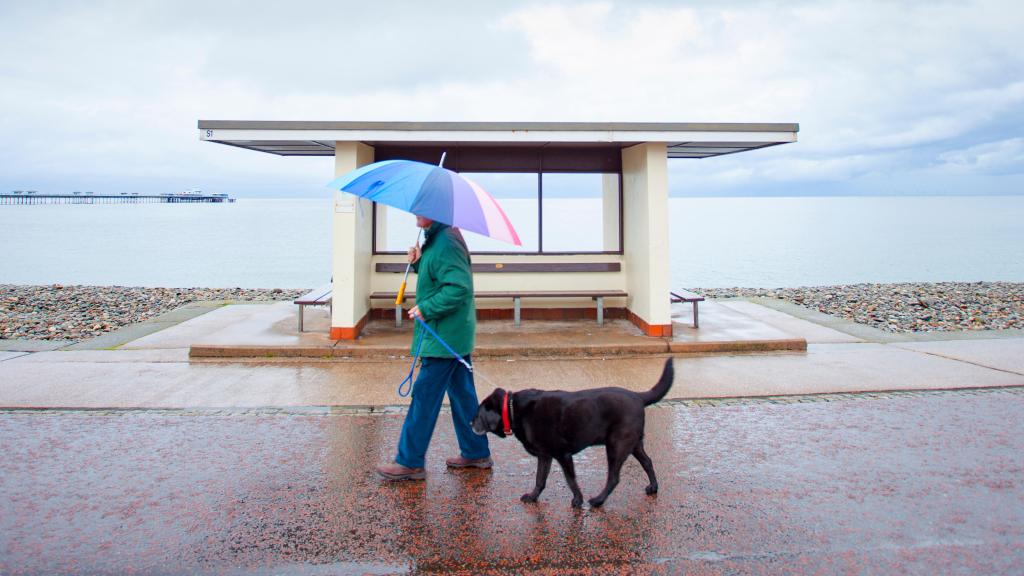Controversial £1 Million Weather Protection Fund for Welsh Tourism Sparks Debate
Wales is renowned for its stunning landscapes, featuring dramatic coastlines and towering mountains. Visitors are often drawn in by its beauty, but they quickly realize that rain is an almost inevitable part of the experience, leading many to wish they had packed a waterproof jacket.
This persistent rain is now impacting tourism. Despite contributing £3.8 billion annually to the Welsh economy, several businesses reported a decline in visitor numbers due to unfavorable weather conditions in 2024. The reality of enduring relentless rain while on vacation is not appealing to many.
In response, the Welsh government has introduced a £1 million grant program aimed at equipping small to medium-sized tourism businesses with weather-resistant features such as canopies and rain shelters. While some may view this as a modest initiative—no region desires to be primarily recognized for its parking facilities—it represents a positive move. Simple rain shelters could make a significant difference, transforming a less-than-ideal outing into a more pleasant experience.
However, some experts believe the grants may not be sufficient. Dr. Edward Thomas Jones from Bangor University expressed concerns that these minor improvements will hardly address the bigger issue at hand. With the weather expected to become increasingly erratic, even the most basic shelter might not attract tourists.

Indeed, the challenge of making Wales weatherproof is considerable. The task seems daunting—how can one truly protect the outdoors from the elements? Unless tourists arrive in waterproof accommodations, they will likely encounter some rain.
Welsh tourism initiatives often highlight available activities regardless of the climate. For instance, Rhyl boasts a theater, and visitors to the area can explore an underground maze near Eryri (Snowdonia), pottery workshops in Caernarfon, or the unique coal museum in Blaenavon, which may surprise younger visitors.

Across various towns, delightful boutiques await discovery. For those intent on staying dry, Cardiff’s covered arcades, like the historic Castle Quarter Arcades, provide ample shelter. Further afield, once outside the allure of the funicular railway, one might find Aberystwyth’s quaint Bookshop by the Sea, a perfect hideaway.
Nonetheless, it’s crucial to recognize that the unpredictable Welsh weather is part of the region’s allure. Personal experiences often reveal tourists getting soaked on adventures—from scaling Snowdon to exploring the pier in Aberystwyth. Whether during a rain-soaked family trip or a stag weekend, rain is a recurring element in the narrative of many visitors.

Ultimately, the weather shapes this magnificent landscape. The lush greenery is a result of abundant rainfall, while the rugged terrain has been sculpted by countless storms over the centuries. When visiting Wales, avoiding the outdoors means missing the breathtaking scenery and the raw beauty of nature. It’s an experience meant to invigorate the spirit.
The initiative to improve shelters can be viewed as a concession. Instead, why not encourage adventurous tourists willing to face the elements? Perhaps the focus should shift from merely weather-proofing attractions to empowering the resilience of the visitors themselves. A new tourism campaign could promote the spirit of visiting Wales—with a reminder to pack a coat!
Do you cherish the beauty of Wales, rain or shine? Share your thoughts in the comments below.




Post Comment